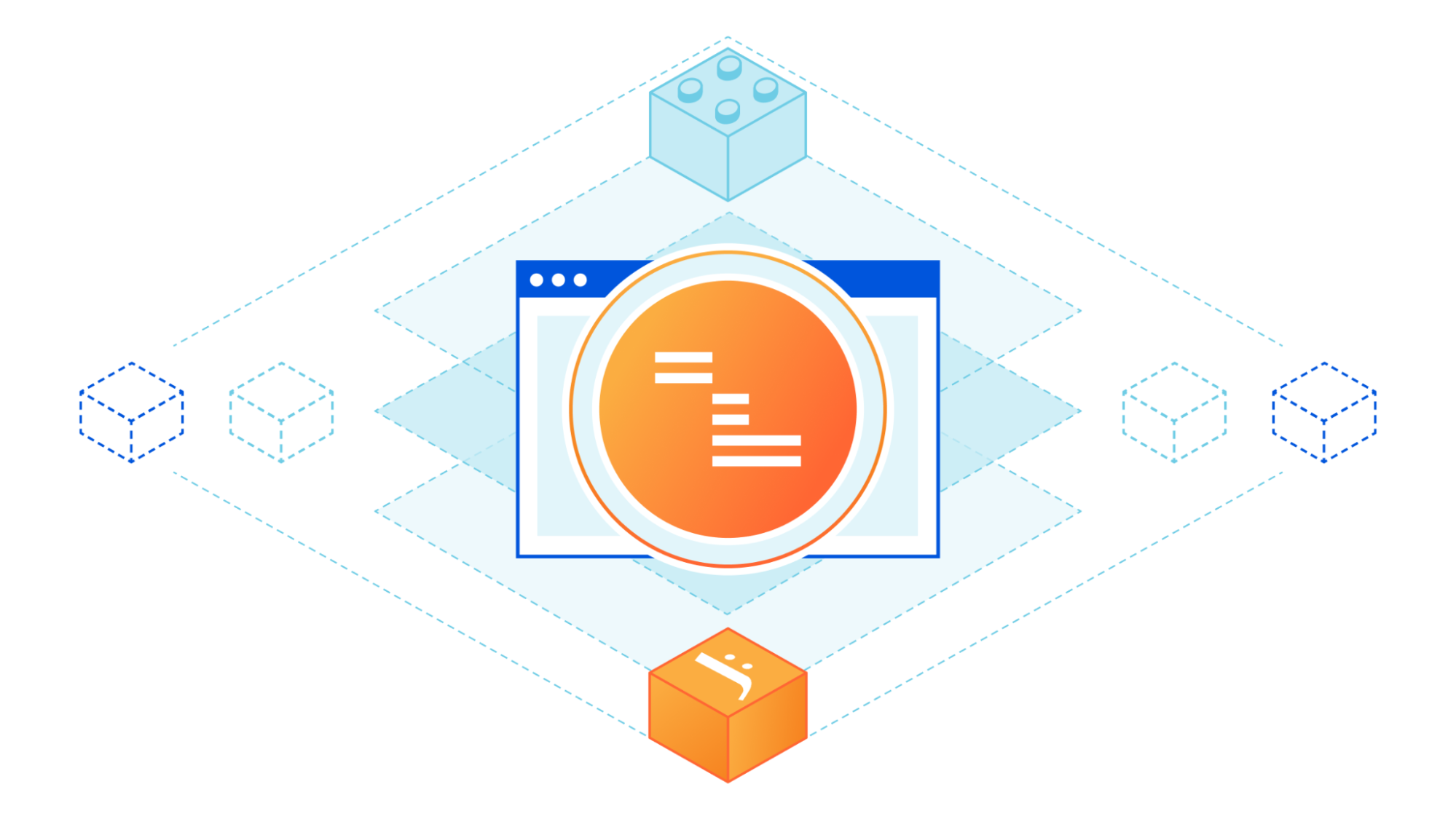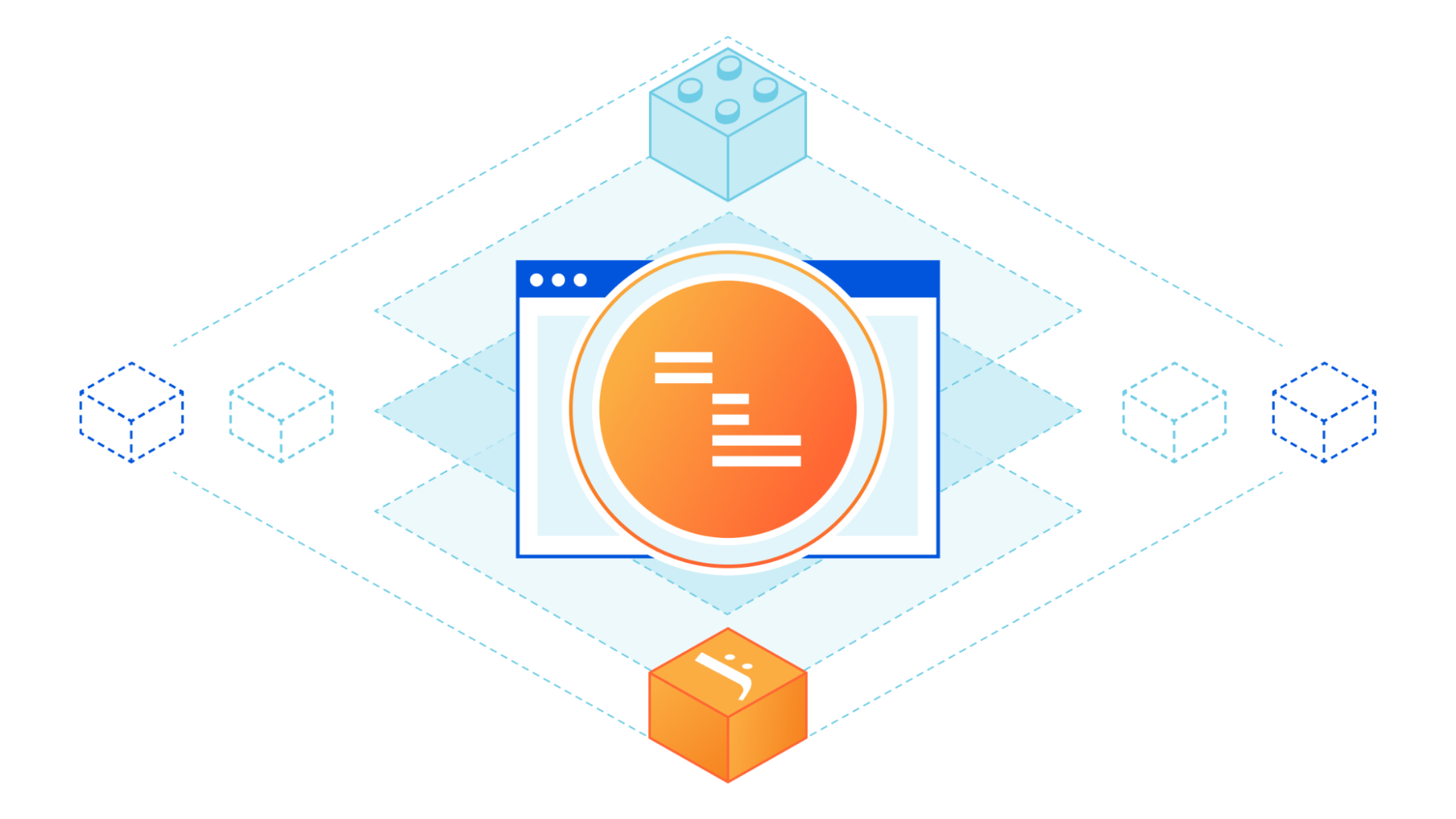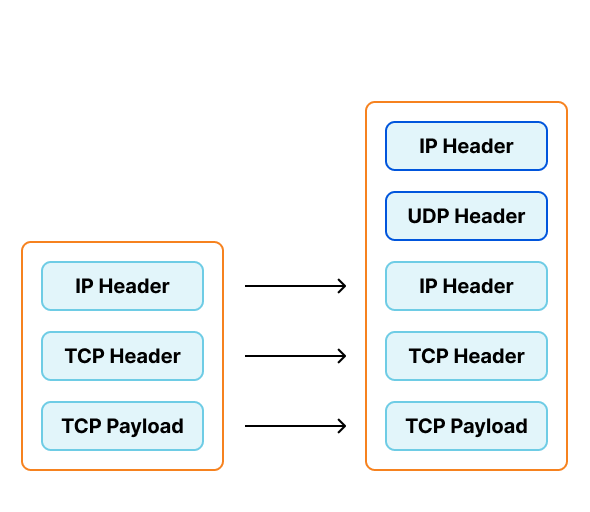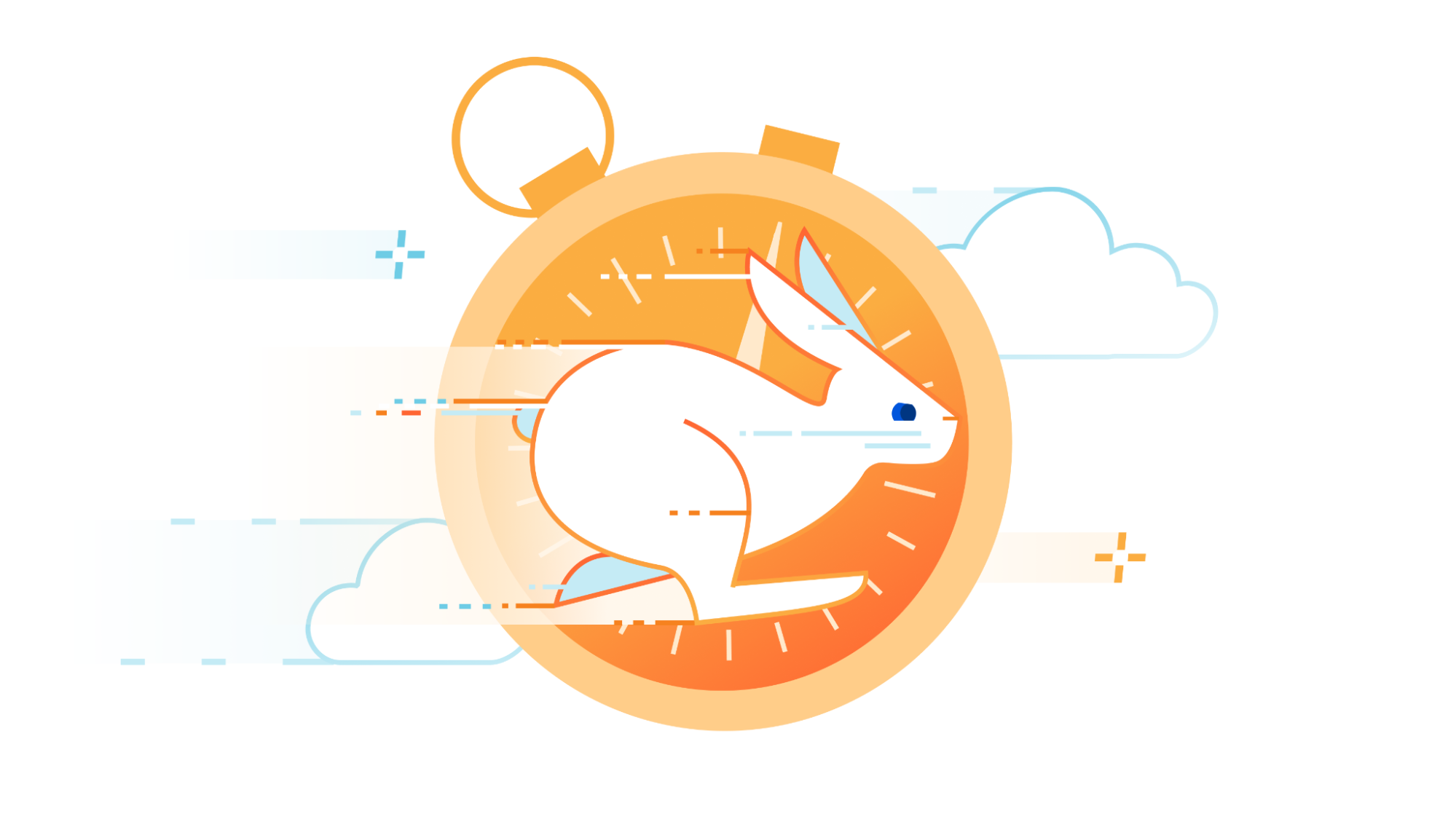My Belated Review of Cisco Live 2023

It’s been a couple of weeks since Cisco Live US 2023 and I’m just now getting around to writing about it. I was thrilled to attend my 18th Cisco Live and it was just the thing I needed to reconnect with the community. The landscape of Cisco Live looks a little different than it has in years past. There are some challenges that are rising that need to be studied and understood before they become bigger than the event itself.
Showstopping Reveals? Or Consistent Improvement?
What was the big announcement from Cisco this year? What was the thing that was said on stage that stopped the presses and got people chattering? Was it a switch? A firewall? Was it a revolutionary new AI platform? Or a stable IP connection to Mars? Do you even know? Or was it more of a discussion of general topics with some technologies brought up alongside them?
In the last few years you may have noticed that the number of huge big announcements coinciding with the big yearly conferences has come down a bit. Rather than having some big news drop the morning of the keynote the big reveals are being given their own time Continue reading



 The debates around IP multicast stopped about five to ten years ago AFAICT. No one wants to deal with it anymore. In theory, IP multicast was a good idea but in the real world it was a deeply flawed.
The debates around IP multicast stopped about five to ten years ago AFAICT. No one wants to deal with it anymore. In theory, IP multicast was a good idea but in the real world it was a deeply flawed.




